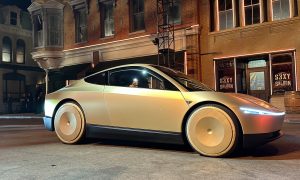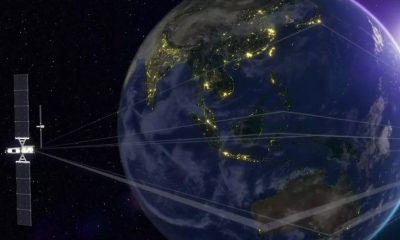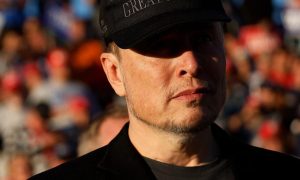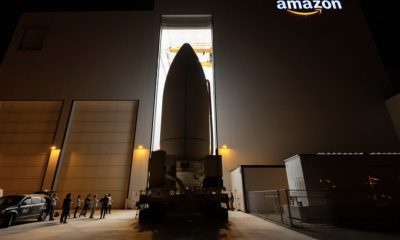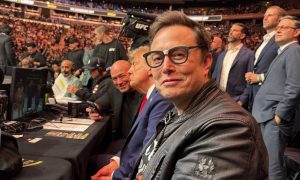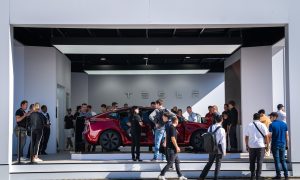News
Musk says Tesla will arrive in India as early as this summer
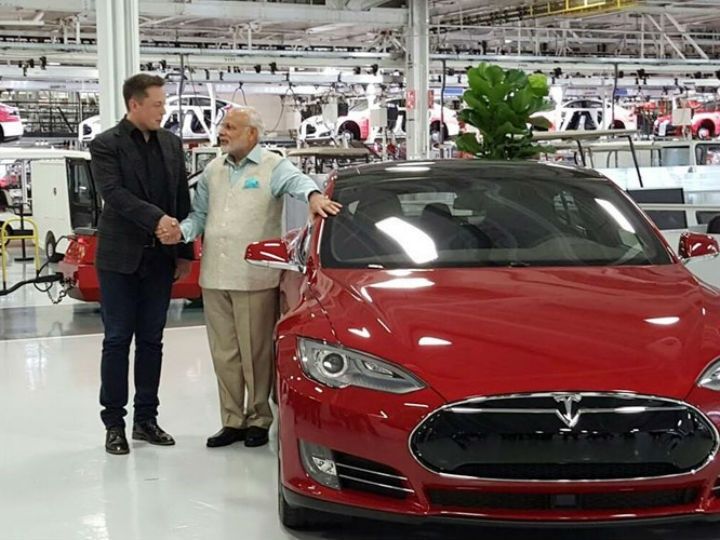
Tesla, Inc. has confirmed that an India launch could take place as early as this summer. The announcement came via a tweet, after Tesla CEO Elon Musk replied to a user who asked, “Eagerly waiting for Tesla to launch in India. Any plans to do it? If so then When?” Musk replied, “Hoping for summer this year.”
Musk has been busy in February. He toured a Washington, D.C. sewer tunnel and revealed that Tesla’s first tunnel had already been dug beneath SpaceX headquarters. He’s expected to attend next week’s official Tesla Dubai launch. And SpaceX will have more missions in February.
Hoping for summer this year
— Elon Musk (@elonmusk) February 7, 2017
Why is India such a favorable market for Tesla’s electric vehicles?
Ankit Bhatt, Senior Project Fellow at Gujarat Energy Research & Management Institute, India, offers several reasons why India and electric vehicles are a good match. Until recently, he says, low awareness, a negligible charging infrastructure, and lower vehicle ranges contributed to a very slow pace of electric vehicle (EV) development in India. Then, in 2010–2012, after the Ministry of New and Renewable Energy offered an EV subsidy, the EV market seemed to be on the rise.
However, that enthusiastic rally was short-lived. Sales did increase from about 8,000 EVs in 2013 to 2015 with 21,000 EVs sold. An incentive called FAME (Faster Adoption and Manufacturing of Electrics) was unveiled for the years 2015-2017 to target EVs manufactured in India. Bhatt notes that these funds have multiple purposes including pilot projects, creating public awareness, or developing charging infrastructure through innovative business models. He adds that,
Since the cost of EVs is significantly higher than their petrol/diesel counterparts, it makes very little sense to introduce any more EVs in the compact & ultra-compact segments. Until the cost comes down to a break-even point — where no government support is needed to create demand for EVs — I think Indian manufacturers and startups must target the luxury & sports segment, where customers are willing to pay a premium.
Enter Tesla, whose audience around the world is arguably more affluent and whose newest, more affordable Model 3 will have still target an upscale clientele. Tesla added India in 2016 to its list of countries which could pre-order the Tesla Model 3.
Tesla’s entry into the Indian market will shift Indian manufacturing
Existing auto manufacturers in India will be driven as a result of the Musk announcement to accelerate their own launches of electric vehicles to serve as competition to the Tesla brand. Moreover, India’s high demand for Tesla’s batteries will spur plans for manufacturing operations with Gigafactory installations in India. And, for Indian consumers who have range anxiety, Musk had confirmed in previous comments that a comprehensive India network of superchargers would be made available.
Musk’s plans for Tesla India coalesce with Prime Minister Narendra Modi’s vision of 175 Gigawatts of clean energy by 2022 for India, which was piqued during a 2015 tour of the Tesla California campus.
Elon Musk
Tariff reprieve might be ‘Tesla-friendly,’ but it’s also an encouragement to others
Tesla stands to benefit from the tariff reprieve, but it has some work cut out for it as well.
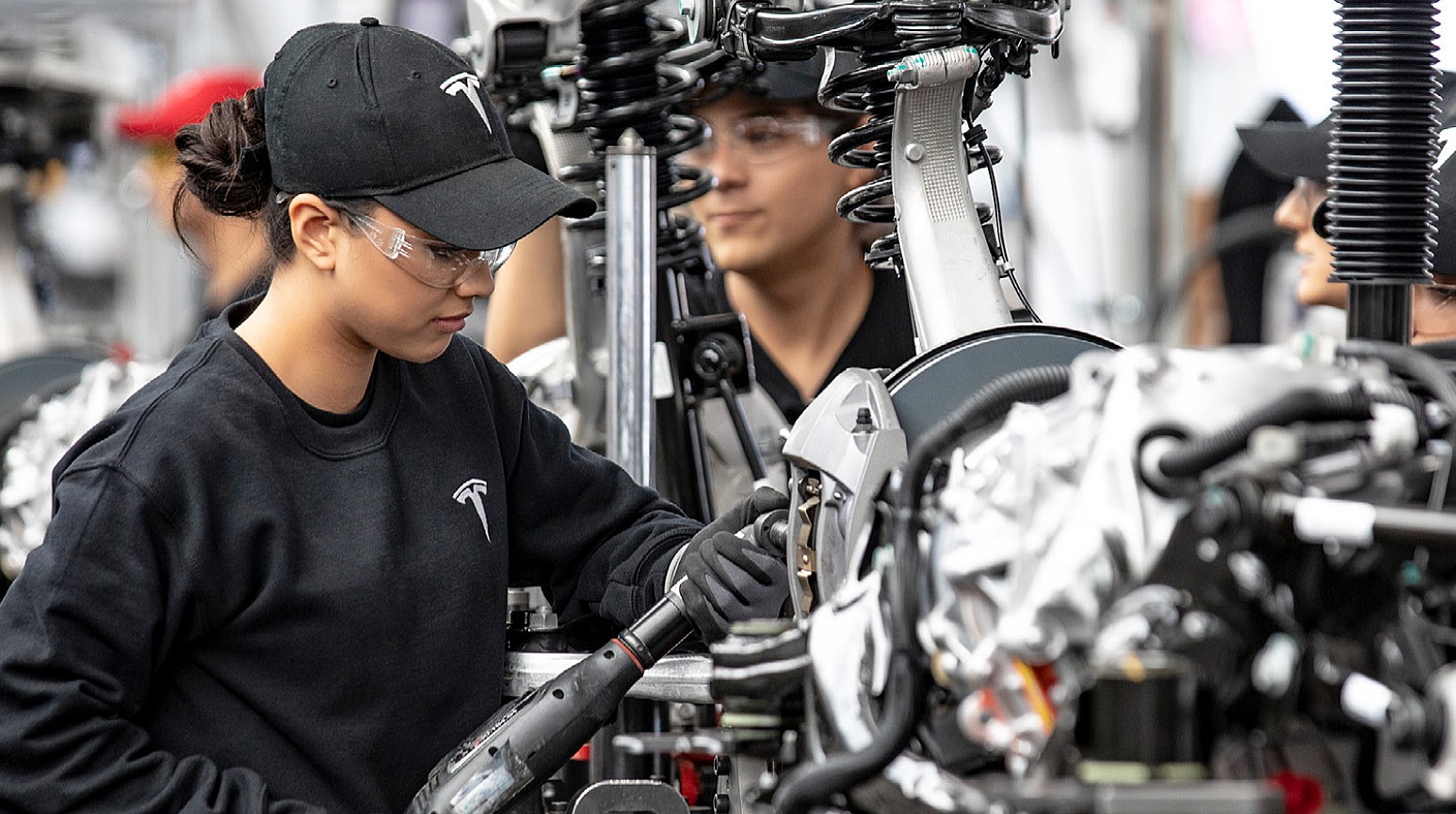
After Secretary of Commerce Howard Lutnick made adjustments to the automotive tariff program that was initially announced, many quickly pointed to the reprieve as “Tesla-friendly.”
While that may be the case right now, it was also a nudge of encouragement to other companies, Tesla included, to source parts from the U.S. in an effort to strengthen domestic manufacturing. Many companies are close, and it will only take a handful of improvements to save themselves from tariffs on their cars as well.
Yesterday, Sec. Lutnick confirmed that cars manufactured with at least 85 percent of domestic content will face zero tariffs. Additionally, U.S. automakers would receive credit up to 15 percent of the value of vehicles to offset the cost of imported parts.
Big Tesla win? Sec Lutnick says cars with 85% domestic content will face zero tariffs
“This is ‘finish your cars in America and you win’,” Lutnick said.
Many were quick to point out that only three vehicles currently qualify for this zero-tariff threshold: all three are Teslas.
However, according to Kelley Blue Book’s most recent study that revealed who makes the most American cars, there are a lot of vehicles that are extremely close to also qualifying for these tariff reductions.
Tesla has three vehicles that are within five percent, while Ford, Honda, Jeep, Chevrolet, GMC, and Volkswagen have many within just ten percent of the threshold.
Tesla completely dominates Kogod School’s 2024 Made in America Auto Index
It is within reach for many.
Right now, it is easy to see why some people might think this is a benefit for Tesla and Tesla only.
But it’s not, because Tesla has its Cybertruck, Model S, and Model X just a few percentage points outside of that 85 percent cutoff. They, too, will feel the effects of the broader strategy that the Trump administration is using to prioritize domestic manufacturing and employment. More building in America means more jobs for Americans.
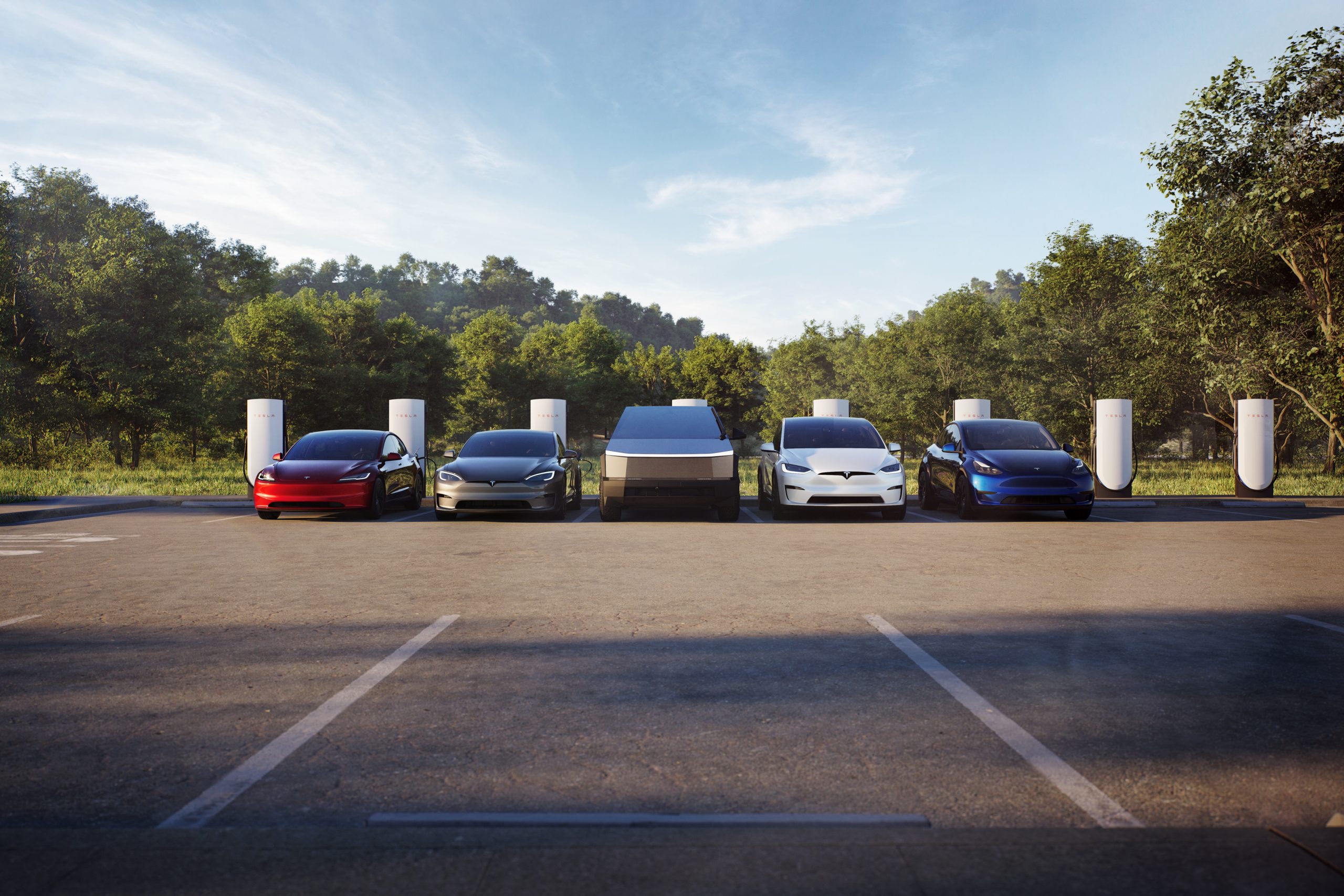
Credit: Tesla
However, other companies that are very close to the 85 percent cutoff are only a few components away from also saving themselves the hassle of the tariffs.
Ford has the following vehicles within just five percent of the 85 percent threshold:
- Ford Mustang GT automatic (80%)
- Ford Mustang GT 5.0 (80%)
- Ford Mustang GT Coupe Premium (80%)
Honda has several within ten percent:
- Honda Passport All-Wheel-Drive (76.5%)
- Honda Passport Trailsport (76.5)
Jeep has two cars:
- Jeep Wrangler Rubicon (76%)
- Jeep Wrangler Sahara (76%)
Volkswagen has one with the ID.4 AWD 82-kWh (75.5%). GMC has two at 75.5% with the Canyon AT4 Crew Cab 4WD and the Canyon Denali Crew Cab 4WD.
Chevrolet has several:
- Chevrolet Colorado 2.7-liter (75.5%)
- Chevrolet Colorado LT Crew Cab 2WD 2.7-liter (75.5%)
- Chevrolet Colorado Z71 Crew Cab 4WD 2.7-liter (75.5%)
These companies are close to reaching the 85% threshold, but adjustments need to be made to work toward that number.
Anything from seats to fabric to glass can be swapped out for American-made products, making these cars more domestically sourced and thus qualifying them for the zero-tariff boundary.
Frank DuBois of American University said that manufacturers like to see stability in their relationships with suppliers and major trade partners. He said that Trump’s tariff plan could cause “a period of real instability,” but it will only be temporary.
Now is the time to push American manufacturing forward, solidifying a future with more U.S.-made vehicles and creating more domestic jobs. Tesla will also need to scramble to make adjustments to its vehicles that are below 85%.
News
Tesla Cybertruck RWD production in full swing at Giga Texas
Videos of several freshly produced Cybertruck LR RWD units were shared on social media platform X.
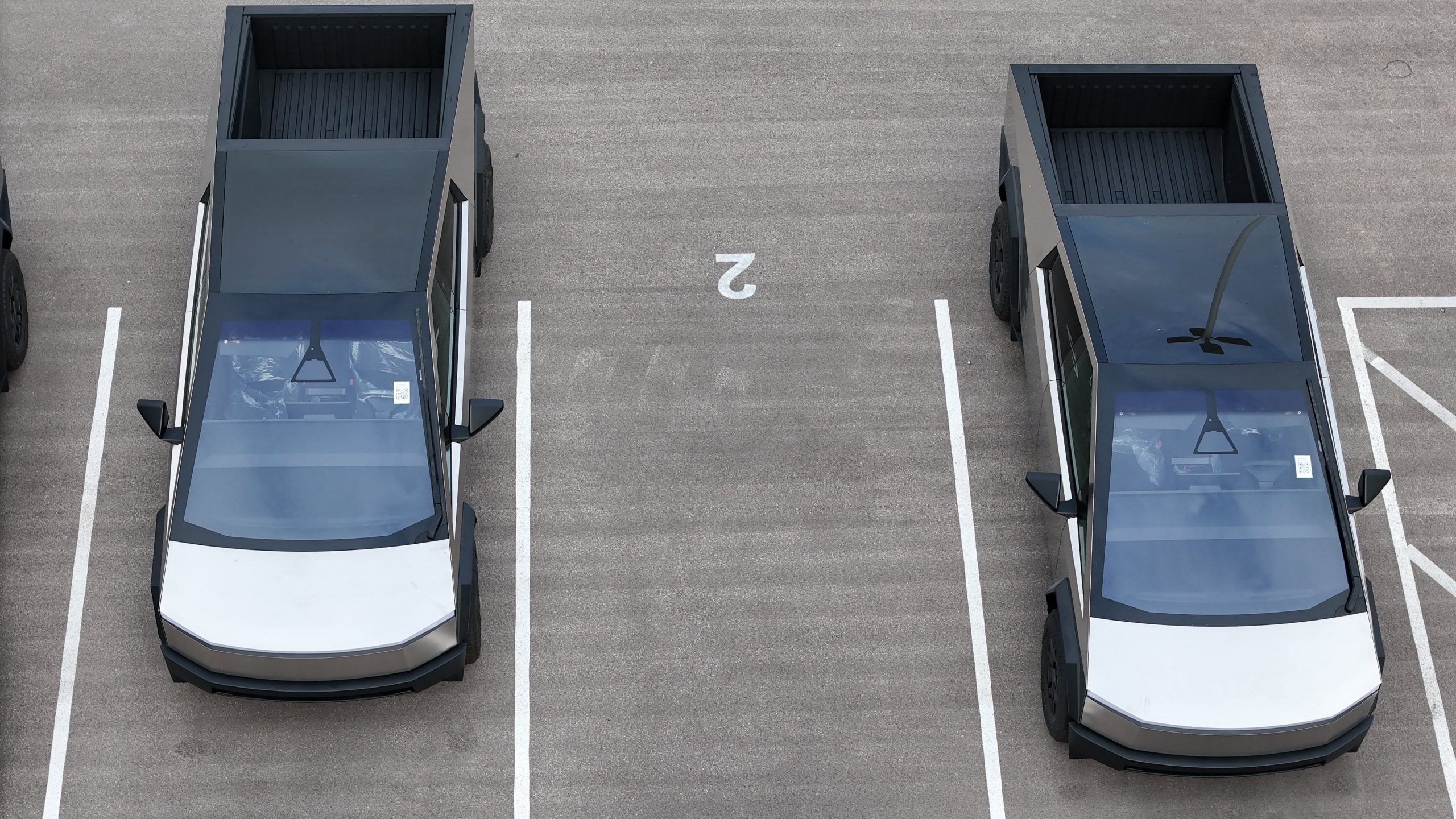
It appears that Tesla is indeed ramping the production of the Cybertruck Long Range Rear Wheel Drive (LR RWD), the most affordable variant of the brutalist all-electric pickup truck.
Videos of several freshly produced Cybertruck LR RWD units were shared on social media platform X.
Giga Texas Footage
As per longtime Tesla watcher Joe Tegtmeyer, Giga, Texas, was a hotbed of activity when he conducted his recent drone flyover. Apart from what seemed to be Cybercab castings being gathered in the complex, a good number of Cybertruck LR RWD units could also be seen in the facility’s staging area. The Cybertruck LR RWD units are quite easy to spot since they are not equipped with the motorized tonneau cover that is standard on the Cybertruck AWD and Cyberbeast.
The presence of the Cybertruck LR RWD units in Giga Texas’ staging area suggests that Tesla is ramping the production of the base all-electric pickup truck. This bodes well for the vehicle, which is still premium priced despite missing a good number of features that are standard in the Cybertruck AWD and Cyberbeast.
Cybertruck Long Range RWD Specs
The Cybertruck LR RWD is priced at $69,990 before incentives, making it $10,000 more affordable than the Cybertruck AWD. For its price, the Cybertruck Long Range RWD offers a range of 350 miles per charge if equipped with its 18” standard Wheels. It can also add up to 147 miles of range in 15 minutes using a Tesla Supercharger.
Much of the cost-cutting measures taken by Tesla are evident in the cabin of the Cybertruck LR RWD. This could be seen in its textile seats, standard console, seven-speaker audio system with no active noise cancellation, and lack of a 9.4” second-row display. It is also missing the motorized tonneau cover, the 2x 120V and 1x 240V power outlets on the bed, and the 2x 120V power outlets in the cabin. It is also equipped with an adaptive coil spring suspension instead of the adaptive air suspension in the Cybertruck AWD and Cyberbeast.
Elon Musk
Tesla preps for a Cybercab takeover of the Robotaxi platform after pilot program
Tesla looks to be preparing the Cybercab for Robotaxi operation as castings pile up at Gigafactory Texas.
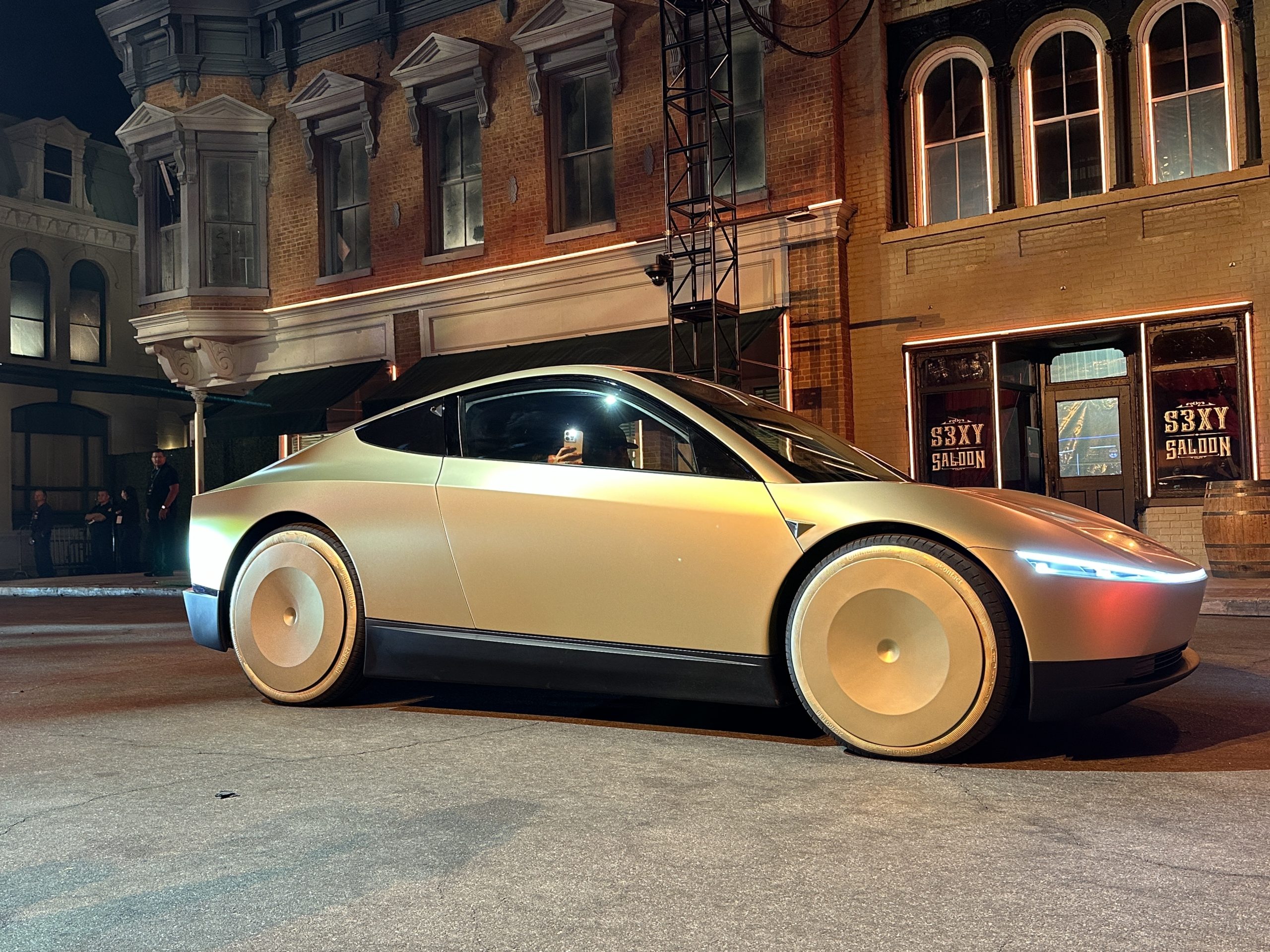
Tesla is evidently preparing for the Cybercab to take over the Robotaxi platform after the pilot program in Austin, Texas, is launched.
That claim is made based on new drone footage from Gigafactory Texas captured by Joe Tegtmeyer, who found hundreds of Cybercab castings that have accumulated on property in Austin.
🚨 The Drone GOAT @JoeTegtmeyer has captured images of “several hundred” Cybercab castings outside of Giga Texas
The Model Y will handle the initial Robotaxi pilot program in Austin, but it looks like Cybercab could be introduced later this year as well! https://t.co/PkPXjuR5Tc pic.twitter.com/iSohkSZcIZ
— TESLARATI (@Teslarati) April 30, 2025
The Cybercab is Tesla’s dedicated Robotaxi vehicle that was unveiled last October. It features just two seats and is minimalistic, aimed toward allowing the Full Self-Driving suite to chauffeur passengers from Point A to Point B without ever having to deal with human interaction or any responsibilities within the vehicle.
In June, Tesla plans to launch its first Robotaxi rides in Texas. Although employees in Austin and in the Bay Area of San Francisco have already had access to over 1,500 trips and 15,000 miles of autonomous (but supervised) travel, Tesla plans to launch a driverless version in a limited fashion in June.
However, this initial pilot program, while presumably operating on an Unsupervised version of the FSD, will only utilize Model Ys, at least at first.
The drone footage captured by Tegtmeyer today seems to tell a story of a quick transition to the Cybercab for the Robotaxi responsibilities, especially as Tesla gets its feet wet with the early Unsupervised FSD rides and gains confidence in the fleet’s ability to navigate passengers:
Many more @Tesla Cybercab Castings at Giga Texas today! Looks like around 75 or so in the racks waiting for production line testing (or more than that?) 😎 pic.twitter.com/0zUdH6BKLx
— Joe Tegtmeyer 🚀 🤠🛸😎 (@JoeTegtmeyer) April 30, 2025
It appears that between 400 and 500 Cybercab castings can be seen in the images Joe captured, a very respectable number considering the company said it will not launch the Robotaxi with the initial rides it gives in Austin.
The images seem to paint a picture that Tesla is truly ready to get things moving in terms of the Cybercab project. While it does not plan to use the vehicle initially, its manufacturing efforts for the car are being prepared by stacking these castings so they’re ready to be expanded upon into the real thing.
On the most recent Earnings Call, Tesla’s VP of Vehicle Engineering, Lars Moravy, said the Cybercab’s engineering has progressed over the last several months to “derisk things like corrosion, the ceiling across the seams of the vehicle, and when you marry several components,” and even things like early crash testing have already taken place.
Moravy continued, “As with all that combined, we kind of go into the builds that we have in this quarter for the Cybercab product, and that’s the next real big test of full-scale integration with the unboxed process. And that’s kind of where we are. So you’ll see them on the test roads in a couple of months.”
-

 News1 week ago
News1 week agoTesla’s Hollywood Diner is finally getting close to opening
-

 Elon Musk2 weeks ago
Elon Musk2 weeks agoTesla doubles down on Robotaxi launch date, putting a big bet on its timeline
-

 News5 days ago
News5 days agoTesla is trying to make a statement with its Q2 delivery numbers
-

 News2 weeks ago
News2 weeks agoTesla’s top investor questions ahead of the Q1 2025 earnings call
-

 Investor's Corner1 week ago
Investor's Corner1 week agoLIVE BLOG: Tesla (TSLA) Q1 2025 Company Update and earnings call
-
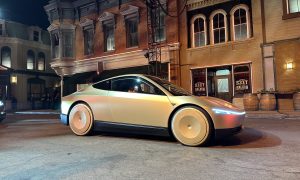
 Elon Musk2 weeks ago
Elon Musk2 weeks agoTesla reportedly suspended Cybercab and Semi parts order amid tariff war: Reuters
-
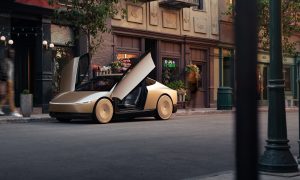
 Elon Musk2 weeks ago
Elon Musk2 weeks agoElon Musk continues to push optimistic goal for Tesla Full Self-Driving
-
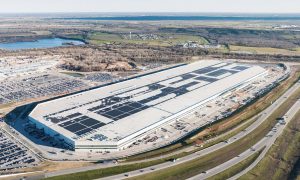
 News2 weeks ago
News2 weeks agoThese ex-Tesla supply chain managers started an AI inventory firm


